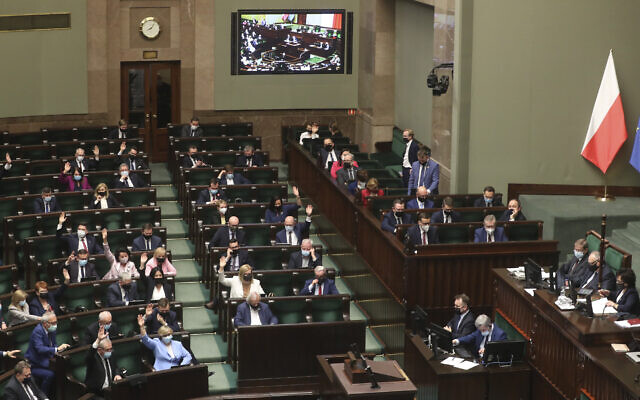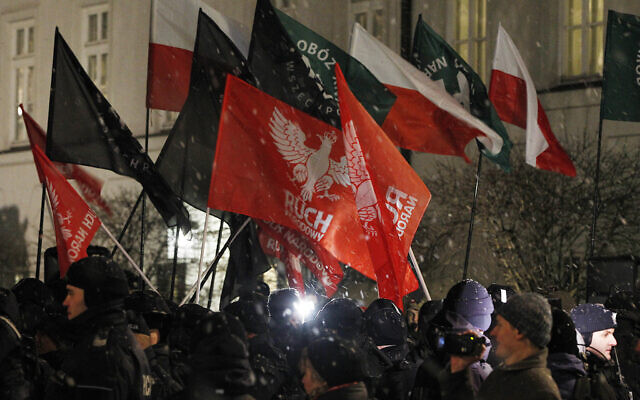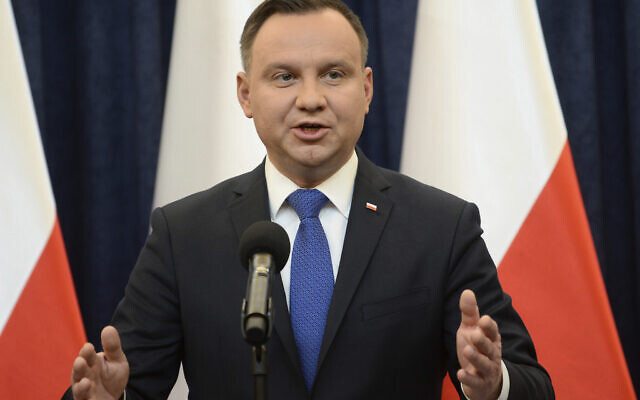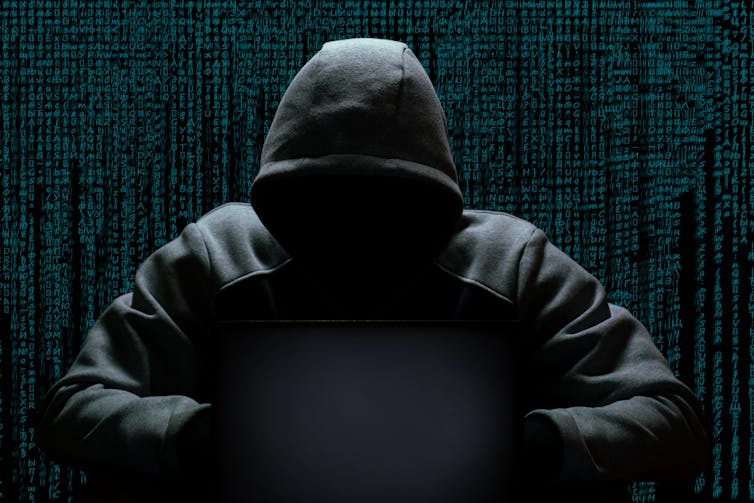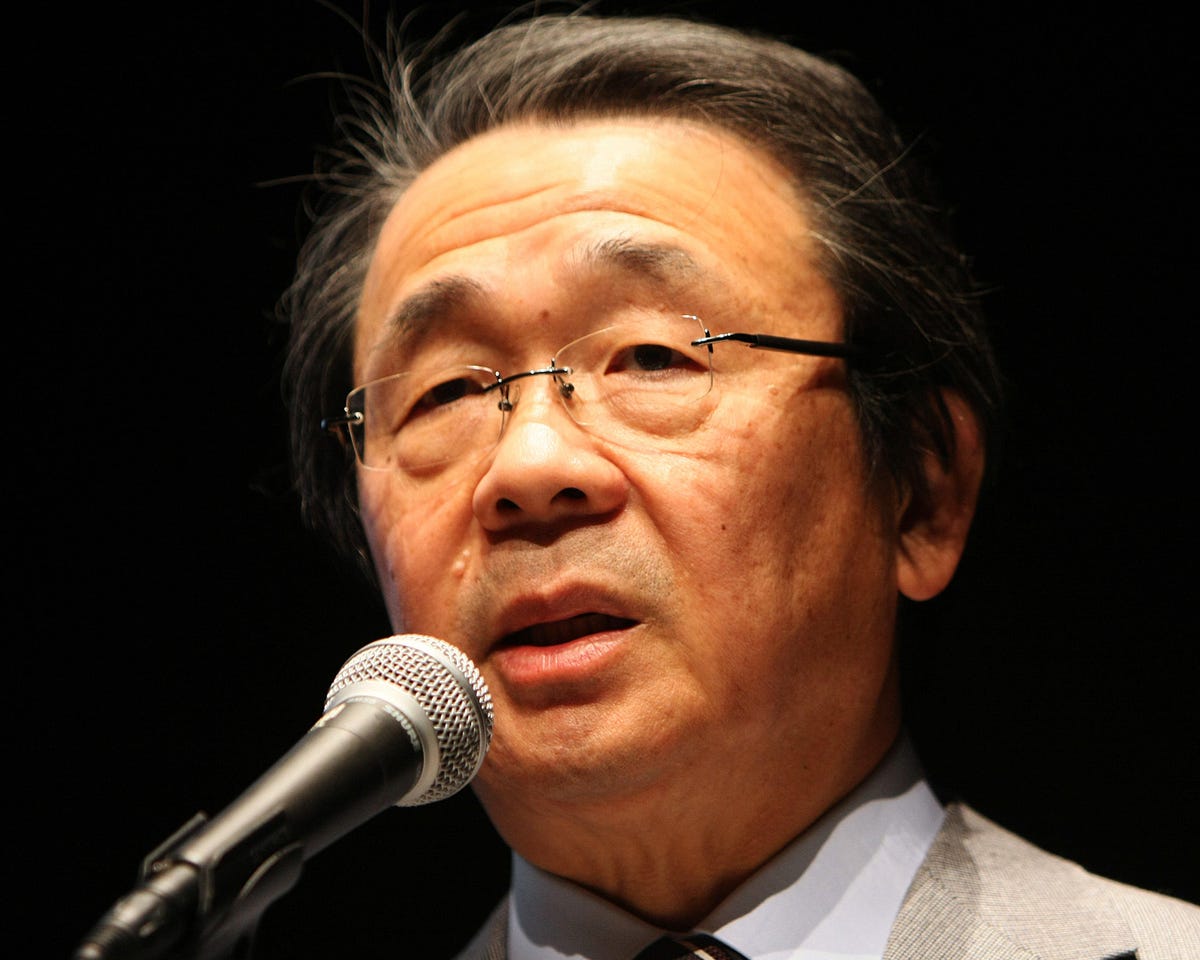Palestine security forces disperse protest against assassination activist Nizar Banat

Security forces block Palestinian demonstrators gathered to protest against the death of Nizar Banat, on 24 June 2021, in Ramallah, West Bank. [Issam Rimawi - Anadolu Agency]
June 25, 2021
Palestinian security forces yesterday dispersed a rally organised by activists in the central West Bank city of Ramallah, condemning the assassination of activist and political opponent, Nizar Banat, Anadolu reported.
Eyewitnesses told the agency that the Palestinian security forces dispersed the rally, which started in Al-Manara Square in central Ramallah and headed towards PA President Mahmoud Abbas' headquarters, to protest against the targeting of Banat.
The eyewitnesses said security forces fired tear gas canisters and beat dozens of activists with wood and iron batons, causing many of them to suffer breathing difficulties or bruising.
The participants raised pictures of Banat and chanted slogans accusing the Palestinian security services of assassinating him.
A similar stand was organized in Ibn Rushd square, in Hebron in the southern occupied West Bank, during which the participants raised Banat's pictures .
Banat, an outspoken critic of the Palestinian Authority and a former candidate in parliamentary elections called off earlier this year, died after Palestinian security forces arrested him and beat him with batons yesterday.
Family spokesman, Ammar Banat, accused the Palestinian security forces of assassinating him.
Ammar said the Preventive Security and General Intelligence forces stormed Banat's home at 3am local time and beat him with iron and wooden batons.
Banat sparked controversy after he demanded the European Union stop financial support for the Palestinian Authority (PA), following the decision to cancel the elections and over their heinous record of human rights violations.
Hamas: Abbas responsible for Palestinian activist's murder

Palestinians protest against the death of activist Nizar Banat in Gaza, on 24 June 2021 [Mohammed Asad/Middle East Monitor]
June 25, 2021

Palestinians protest against the death of activist Nizar Banat in Gaza, on 24 June 2021 [Mohammed Asad/Middle East Monitor]
June 25, 2021
Hamas says it holds Palestinian Authority President Mahmoud Abbas fully responsible for the assassination of activist and political opponent, Nizar Banat.
"The Islamic Resistance Movement, Hamas, strongly condemns Abbas' security forces' assassination of the activist and political opponent, Nizar Banat, deputy head of the Freedom and Dignity List in the legislative elections," it said in a statement, adding that "this orchestrated and premeditated crime reflects the intentions and behaviour of Abbas' authority and his security services towards our people, opposition activists, and political opponents."
"Hamas holds the President of the Oslo Authority, Mahmoud Abbas, and his authority full responsibility for all the repercussions and consequences of this heinous crime that is added to the series of crimes and violations of this authority against our people," it continued.
It added that it rejects the decision of PA Prime Minister Muhammad Shtayyeh to form a committee to investigate the circumstances of the assassination, saying: "There is no trust in a committee formed by the authority, its government, and services for they all carried out the assassination, and must bear full responsibility for this heinous crime".
The statement called on the Palestinian people, factions and institutions to shoulder their responsibilities, take bold and responsible national decisions towards those involved in this heinous crime, and work to protect Palestinian people from the oppression, arrogance and criminality of the PA.
An outspoken critic of the PA, Banat was due to run in the parliamentary elections which were called off by Abbas earlier this year. His family said PA security forces arrested and beat him with batons yesterday, he was later found to have been killed.
"The Islamic Resistance Movement, Hamas, strongly condemns Abbas' security forces' assassination of the activist and political opponent, Nizar Banat, deputy head of the Freedom and Dignity List in the legislative elections," it said in a statement, adding that "this orchestrated and premeditated crime reflects the intentions and behaviour of Abbas' authority and his security services towards our people, opposition activists, and political opponents."
"Hamas holds the President of the Oslo Authority, Mahmoud Abbas, and his authority full responsibility for all the repercussions and consequences of this heinous crime that is added to the series of crimes and violations of this authority against our people," it continued.
It added that it rejects the decision of PA Prime Minister Muhammad Shtayyeh to form a committee to investigate the circumstances of the assassination, saying: "There is no trust in a committee formed by the authority, its government, and services for they all carried out the assassination, and must bear full responsibility for this heinous crime".
The statement called on the Palestinian people, factions and institutions to shoulder their responsibilities, take bold and responsible national decisions towards those involved in this heinous crime, and work to protect Palestinian people from the oppression, arrogance and criminality of the PA.
An outspoken critic of the PA, Banat was due to run in the parliamentary elections which were called off by Abbas earlier this year. His family said PA security forces arrested and beat him with batons yesterday, he was later found to have been killed.
Why did the PA kill Nizar Banat?

Palestinians gather for a demonstration in protest against the death of activist Nizar Banat, who died during his arrest by Palestinian security forces, in the city of Hebron in the occupied West Bank on 24 June 2021. [MOSAB SHAWER/AFP via Getty Images]
Motasem A Dalloul
abujomaaGaza
June 24, 2021
Today at dawn, Palestinians across the occupied territories were shocked to learn that a well-known activist in the occupied West Bank city of Hebron, Nizar Banat, had been killed by Palestinian Authority security forces.
The PA Governor in Hebron, Jibreen Al-Bakri, issued a statement about the killing. He claimed that the security forces aimed to enforce the law as they went to detain Banat on the basis of a detention order issued by the Public Prosecutor. He said that the activist died during the detention process due to health problems. He did not mention the "brutal" and "barbaric" way that Banat was beaten on his head and face. Bakri said that Banat was transferred to hospital, but his friends and family have searched for him everywhere, and insist that wherever he was taken, it was not to hospital.
According to Banat's family, "The PA security services detonated the door of the house, broke into the building and immediately started beating [Banat] with iron bars and batons while he was asleep, along with two of his brothers. They emptied three bottles of pepper powder in his face when he got up; stripped him of his clothes; lynched him; insulted him while he was bleeding; kidnapped him; took him to an unknown location; and murdered him."
Palestinian factions, leaders, activists and international officials have condemned Banat's "murder". The Palestinian Islamic Resistance Movement, Hamas, described what happened as a "full-fledged crime that reflects the bloody policy of the PA." It blamed the government of Mohammad Shtayyeh for "this unethical crime which is rejected by all Palestinians and unacceptable to all Palestinian traditions and norms."
READ: When will the Palestinians unite?
The UN Envoy to the Middle East Peace Process, Tor Wennesland, wrote on twitter: "Alarmed & saddened by the death of activist, former parliamentary candidate, Nizar Banat following his arrest by [Palestinian security forces] in Hebron… I call for a swift, independent & transparent investigation. Perpetrators must be brought to justice."
The EU Delegation to the Palestinians also turned to Twitter: "Shocked and saddened by the death of activist and former legislative candidate Nizar Banat following his arrest by the PA security forces last night. Full, independent, and transparent investigation should be conducted immediately."
The UN Resident and Humanitarian Coordinator in Palestine, Lynn Hastings, added: "Disturbing news on the death of activist Nizar Banat shortly after his arrest by Palestinian Security Forces from his home in Hebron. I note that an investigation has been initiated and call on the authorities to ensure that those responsible are swiftly brought to justice."
Palestinian activists and journalists joined in the condemnation of the killing of Banat. Some made it clear that, in their view, he was "murdered" by the PA.
"The PA murdered Nizar Banat in a shameful way," said journalist and activist Ismail Al-Thawabteh. "The liquidation by the PA of activist Nizar Banat today at dawn is strongly condemned and must be deterred in order not to be repeated.

The wife (L) of the Palestinian activist Nizar Banat, who died during his arrest by Palestinian security forces, grieves in her house in the village of Dura near Hebron in the occupied West Bank, on 24 June 2021. [MOSAB SHAWER/AFP via Getty Images]
Thousands of words have already been written and spoken about Banat's "murder", and his name has trended on Twitter. Why, though, did the PA kill him?
Nizar Banat was an outspoken critic of the PA, Fatah and the PLO, all of which are headed by Mahmoud Abbas. He exposed many cases of corruption linked to them. The latest example was the PA-Israeli deal to exchange soon-to-expire Israeli Covid-19 vaccines for newly-produced vaccines intended for the West Bank. The deal was cancelled after it was exposed.
Banat intended to run for the Palestinian parliamentary election, and has been posting videos on his Facebook page about PA corruption and criticising the security cooperation between Ramallah and Israel at the expense of the Palestinian resistance and the principles of the Palestinian cause.
He was arrested eight times by the PA and tortured because of his views and activism against PA corruption. He was open about rejecting the peace made by the PA with Israel because, according to him, it met all the demands of the Israeli occupation and undermined all the rights of the Palestinians.
Recently, Banat phoned Muhannad Karaja from Lawyers for Justice, and told him that the PA was threatening him. He explained to Karaja that the PA intelligence services asked him to end his criticism of the PA and officials from Fatah and the PLO.
This suggests that the PA killed Nizar Banat to silence him, because he embarrasses the authority by exposing its conspiracies with the Israeli occupation plotted against the Palestinians. The PA killed him because he was a nationalist who believed that the authority is nothing more than a Zionist project intended to serve the Zionist project in the region.
Even though Prime Minister Shtayyeh has already announced that an investigation will go ahead, Banat's family, Palestinian activists and rights groups are sceptical about it being "independent and transparent" as demanded by representatives of the international community.
Meanwhile, the Palestinian NGO Network has warned that the PA's political crackdown on its opponents will turn it into "a police state governed by repression and a disregard for people's lives and their dignity under the reality of the occupation." It called for PA President Mahmoud Abbas to put an end to all infringements of civil rights and public freedoms to preserve the dignity of Palestinian citizens.
READ: 'There is no Plan B,' but accolades from Abbas are still forthcoming
The views expressed in this article belong to the author and do not necessarily reflect the editorial policy of Middle East Monitor



